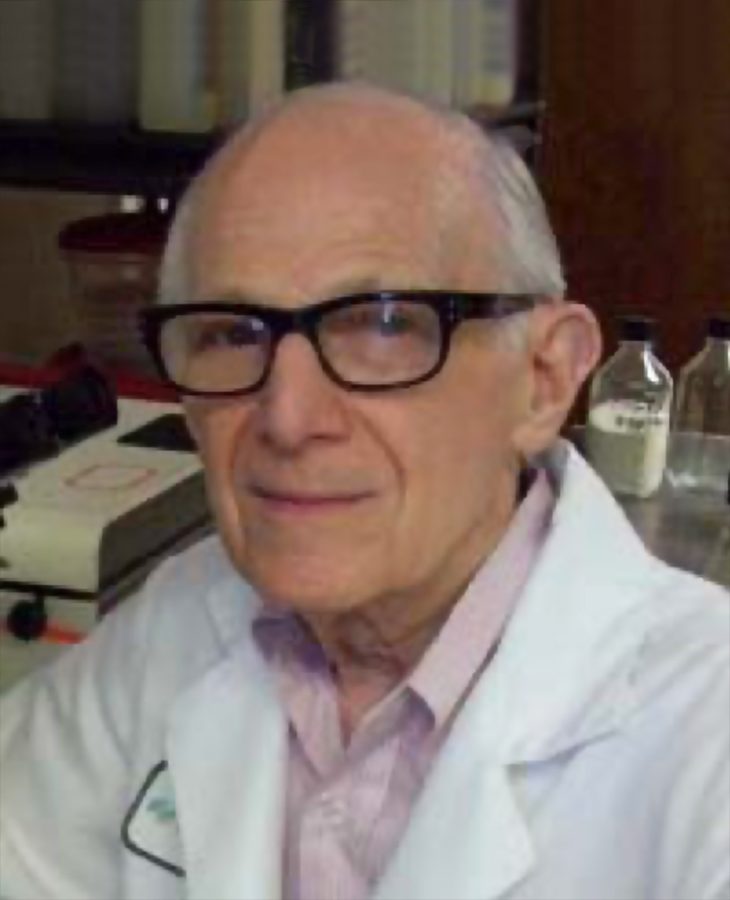Ecosystem Management
Haim Time
Ecosystem Management
With Haim B. Gunner, Ph.D. Microbiologist
Soil has been described as the most abundant ecosystem on earth. Though differing widely on the details, depending on climate and topography of origin, there is a shared group of identifying characteristics common to all. In this time of growing global stress, with growing pressures on world food production, it is incumbent that we recognize that the current practice of agriculture is a form of frequent ecosystem disruption, when it should more appropriately be managed as a system in accordance with the ecological demands both of the site and the crop.
How then to manage this transition?
By first recognizing the elements that make up the soil ecosystem: the soil profile, soil organic matter, microbial populations, soil atmosphere and water.
The soil environment in temperate regions comprises:
Mineral matter: 40-50%
Pore space: 50% (including the water and air occupying the pore space)
Organic matter: 3-6%
Living organisms: < 1%.
The mineral matter includes stones and gravel with a diameter >2.0 mm, sand 0.05 to 2.0 mm, silt 0.002 to 0.05 mm, silt 0.002 to 0.05 mm, clay <0.002 mm. These dimensions represent the potential for water movement with clay being the smallest and most limiting for aeration, moisture and biological activity.
The soil organic matter is derived from plant and animal remains – the product of the decomposing and synthetic activity of the microflora. It is the dominant food reservoir of organic carbon and nitrogen and it is critical that it be maintained at 3% of the soil volume by organic soil amendments, manures, cover crops or crop residues
The soil microbes, numerous in their genera (to a level of 1 billion per gram) and species and providing 1000-5000 pounds per acre, are the driving force of all significant soil transformations. As such, their activities must be harnessed for the decomposition of soil organic matter. There must be a carbon to nitrogen ratio of 25:1 to assure sufficient mineralization of organic matter and release of inorganic nutrients for both the microbes and plant needs. The release of these inorganic elements now carrying positive electrostatic charges (cations) are attracted to clays and humus rich in negative anionic electrostatic charges, which attract and retain the positive solution. This cation exchange capacity becomes a measure of nutrient retention.
To manage the central animating force in the soil ecosystem, certain decisions need to be made about how best to supplement the crop fertilizer regimen. This will depend upon other factors such as environmental pressure, abiotic stress, such as sodic or saline soils. Farm managers also need to make choices for weed management, plant growth stimulants, insect and microbial pest control, tillage, and seed bed preparation.
Central to the ecosystem management concept is the understanding that the planted crop becomes the climax community for that area. Recognition and support must be given to all the elements of the existing ecosystem. The crop now becomes integral to a system managed in a systems approach for all its components.

